Fleas are more than just a nuisance—they can cause itching, skin irritation, and even transmit diseases. While conventional flea treatments are effective, many pet parents are turning to natural flea protection for cats and natural flea treatment for dogs due to concerns over synthetic chemicals. In this guide, we’ll explore natural flea remedies for cats and dogs, discussing what works, what doesn’t, and how to safeguard your pet’s skin barrier naturally.
Why Consider Natural Flea Treatments?
Many pet owners worry about the long-term effects of chemical flea treatments. Spot-on treatments and oral flea pills often contain insecticides like fipronil and isoxazolines, which have been linked to neurological issues in some pets (European Medicines Agency, 2022). While these treatments are effective, some dogs and cats experience side effects such as lethargy, vomiting, and seizures (FDA, 2018). This has led many pet parents to seek natural flea remedies that are safer and still effective.
Natural Flea Protection for Cats & Dogs: What Works?
1. Essential Oils as Natural Flea Repellents
Essential oils have long been used for natural flea and tick treatment for dogs and cats. However, not all essential oils are safe for pets. Studies show that certain oils, when used correctly, can repel fleas while supporting skin health.
+ Lavender oil for fleas: A natural flea deterrent that also has skin-soothing properties (Pukhalskyi et al., 2020).
+ Rose Geranium oil: Found in DermaProtect Serum for Cats, it offers natural flea repellent properties and supports skin hydration.
+ Cedarwood oil: Found in many herbal flea treatments for dogs, it’s an effective natural insecticide.
+ Peppermint oil: Has been studied for its repellent effect on parasites (Abdel-Rahman et al., 2019).
💡 Our Recommendation:
- For cats, use once weekly DermaProtect Serum (Rose, Calendula, and Clary Sage) for natural flea protection and skin nourishment.
- For dogs, once weekly DermaRenew Serum (Lavender and Carrot Seed Oil) moisturises the skin barrier while acting as a natural flea deterrent.
- For senior or active pets, Aches & Pains Rub (Cedarwood & Peppermint) offers a once-weekly flea-repelling serum that also soothes muscles and promotes relaxation.
⚠️ Caution: Avoid using tea tree oil in high concentrations, as it can be toxic to cats and small dogs. However, diluted tea tree formulations are now commonly used in pet-safe flea repellents. Additionally, citrus oils (such as lemon, orange, and bergamot) should not be applied directly to pets, as they contain limonene, a compound toxic to cats and some dogs (ASPCA, 2023).
2. Herbal & Holistic Flea Treatments
Herbal and holistic flea treatments are becoming an increasingly popular option for pet owners seeking natural solutions. These treatments often use plant-based ingredients that have insecticidal and repellent properties. While they can be effective, it is essential to understand that they may not work as quickly as chemical treatments, and caution is required to ensure the safety and effectiveness of these products.
+ Neem
Neem oil is commonly used in natural flea repellents, especially for puppies. Derived from the Azadirachta indica tree, neem oil contains compounds such as azadirachtin, which disrupt the flea life cycle and prevent reproduction. It is also an effective insecticide that repels fleas and other pests.
Pros:
- Natural repellent: Neem oil is well known as a natural alternative to chemical flea treatments.
- Disrupts flea life cycle: Studies indicate that neem oil can prevent fleas from maturing, reducing infestations over time (Rattan et al., 2017).
- Safe for puppies: When diluted properly, neem oil is generally safe for puppies.
Cons:
- Skin irritation: Like many oils, neem oil can cause skin irritation in some pets if not diluted correctly.
- Strong odour: Neem oil has a pungent smell that some pet owners find unpleasant.
- Effectiveness varies: While neem oil can be effective, it might not work as quickly or thoroughly as chemical treatments.
+ Lemongrass
Lemongrass oil is another herbal remedy commonly used in flea treatments, particularly for cats. Known for its insecticidal properties, lemongrass oil contains compounds like citral and geraniol, which can repel fleas and other pests. Additionally, lemongrass has antifungal and antibacterial properties that contribute to its overall effectiveness in maintaining skin health.
Pros:
- Natural insecticide: Lemongrass oil is a potent natural repellent against fleas (Pavan et al., 2020).
- Antifungal and antibacterial: Its antifungal and antibacterial properties help protect the skin from infections that can result from flea infestations (Jadhav et al., 2017).
- Pleasant scent: Unlike some other oils, lemongrass oil has a fresh, citrusy scent that is more palatable to pets and owners alike.
Cons:
- Toxicity in large quantities: Lemongrass oil can be toxic if ingested in large amounts. Care should be taken when applying it, particularly with cats, as they are more sensitive to essential oils.
- Skin irritation: Lemongrass oil may cause skin irritation in some pets if applied undiluted.
- Not suitable for all pets: Cats and small pets are more sensitive to essential oils, so it is important to ensure the correct dilution.
Additional Consideration:
- Safety for cats: While lemongrass oil is commonly used for flea control, it should be used cautiously on cats. Ensure that it is well-diluted, and avoid direct contact with the face or areas where the pet may lick excessively. Seek veterinary advice.
+ Garlic
Garlic has traditionally been used to repel fleas and other pests. Recent studies suggest that small, controlled amounts of garlic may help deter fleas without posing significant toxicity risks (Shalaby et al., 2021). Garlic contains sulfur compounds that fleas find repellent, and it may alter the scent of the pet’s skin, making them less attractive to fleas.
Pros:
- Natural repellent: Garlic has insecticidal properties, and its sulfur compounds may help repel fleas (Shepherd et al., 2018).
- Cost-effective: Garlic is inexpensive and widely available, making it an affordable solution for flea control.
- Chemical-free: Garlic offers a natural, chemical-free option for pet owners.
Cons:
- Potential toxicity: While small amounts of garlic are generally safe, large quantities can be toxic, especially for dogs like Shiba Inus and Akitas. Garlic can cause oxidative damage to red blood cells, leading to anaemia (Barton et al., 2001).
- Difficult to dose: Determining the correct amount of garlic to give a pet can be tricky. Too much can cause toxicity, while too little may not have an effect.
- Not suitable for cats: Garlic should be avoided in cats, as it can be harmful even in small amounts.
💡 Tip: If using herbal flea treatments, always ensure they are specifically formulated for pets. Many plants, while safe for humans, can be toxic to animals, especially in concentrated forms. Dilution and careful monitoring are essential to avoid potential toxicity risks.
🌟 Recommended Product: DERMAPROTECT Rose Skin Repair Serum
For a safe, holistic option for flea control, consider the DERMAPROTECT Rose Skin Repair Serum, which contains both rose geranium and neem. The neem is used in small quantities, so the strong odour commonly associated with neem oil is not as noticeable, making it a more pleasant option for your pet. This serum not only helps to repel fleas but also provides additional skin health benefits, making it suitable for pets with sensitive or irritated skin.
Disclaimer:
Herbal and holistic remedies are typically slower-acting than chemical treatments, and their effectiveness can vary depending on the individual pet and the severity of the flea infestation. Always consult a veterinarian before using any new treatments, especially for young, elderly, or sensitive pets, to ensure safety and efficacy.
💡 Tip: If using herbal flea treatments, ensure they are specifically formulated for pets to avoid toxicity risks.
3. Does Salt Kill Fleas? Myth vs. Reality
Many pet parents ask: Does salt kill fleas? The answer is yes—but with limitations. Salt dehydrates flea larvae and eggs, but it does not kill adult fleas effectively. Using salt for fleas can help reduce infestations in household areas, but it should be combined with other natural flea control methods.
How to Use Salt for Fleas:
- Sprinkle fine table salt on carpets and pet bedding.
- Leave for 24-48 hours, then vacuum thoroughly.
- Repeat weekly for best results.
⚠️ Warning: Salt can be irritating to pets’ paws and skin, so it should never be applied directly to them.
4. What Do Fleas Hate? Natural Flea Deterrents
+ Lavender: Does lavender kill fleas? No, but lavender oil repels fleas effectively.
+ Diatomaceous Earth: A fine powder made from fossilised algae that dehydrates fleas on contact. Safe for pets when applied to carpets and bedding but should not be inhaled or applied directly to fur. Prolonged exposure can cause skin dryness and respiratory irritation in pets (Environmental Protection Agency, 2023).
+ Apple cider vinegar: Though not a flea killer, it alters skin pH, making pets less attractive to fleas. However, applying it directly to pet skin can cause irritation and dryness, particularly in pets with sensitive skin or existing skin conditions (American Veterinary Medical Association, 2023).
5. Home Remedies for Fleas: What Works?
+ How to get rid of fleas on cats without bathing:
- Use a flea comb daily.
- Apply natural flea repellent serums like DermaProtect.
- Use herbal flea treatment for cats in bedding.
+ Flea treatment for house:
- Wash all fabrics at 60°C.
- Sprinkle diatomaceous earth on carpets (safe, natural flea killer).
- Use personal flea repellent sprays containing lavender or cedarwood oil to prevent flea bites while being safe for pets.
6. Does Disinfectant Kill Fleas?
When it comes to eradicating fleas, many pet owners turn to various home remedies, including disinfectants. The short answer is that disinfectant alone is unlikely to effectively kill fleas, as most disinfectants are designed to target bacteria and viruses, not insects. However, certain harsh chemicals, such as bleach or industrial cleaners, may kill fleas on contact, though they can be harmful to both pets and humans. Always check product labels for information about effectiveness against fleas and follow safety guidelines.
Risks of Using Disinfectants
- Harsh chemicals in disinfectants can irritate a pet’s skin and eyes.
- Many disinfectants are toxic to pets when ingested.
- Overuse of disinfectants can lead to chemical exposure risks in the home.
If you need to treat fleas in your home, focus on specific flea treatments rather than relying on disinfectants. Consider a targeted approach using flea sprays or flea bombs designed for insect control.
7. Does Lemon Kill Fleas?
Some people use lemon as a natural remedy for flea infestations. Lemon spray for fleas is popular, as it’s thought to be effective in repelling fleas due to its acidic properties and scent. Lemon juice is known for its insect-repelling qualities, but it may not kill fleas outright. Instead, it acts as a deterrent. For a natural approach, you can make a simple lemon flea spray by boiling water with lemon slices and applying the solution to pet bedding or furniture- NOT on your pet's coat or skin.
Does Lemon Juice Kill Fleas?
While lemon juice may not immediately kill fleas, it can act as a natural flea repellent. It is best used as a preventative measure rather than a treatment but not on your pet rather on their bedding or carpets.
8. Does Tea Tree Oil Kill Fleas?
Tea tree oil has been a popular essential oil for various purposes, including flea control. However, while tea tree oil can act as a repellent for fleas, it is severly toxic to pets if ingested or applied in high concentrations. Some studies have shown that tea tree oil may be effective at repelling fleas when diluted properly, but it should be used with caution.
Risks of Using Tea Tree Oil
- Toxicity: Even small amounts of tea tree oil can cause symptoms like lethargy, vomiting, and tremors in pets.
- Skin irritation: It can cause irritation, especially in cats, who are more sensitive to essential oils.
We do not recommend using tree tea oil on your pet.
9. Does Vinegar Kill Fleas?
Vinegar, particularly apple cider vinegar (ACV), is another home remedy frequently discussed for fleas. It’s believed that vinegar for fleas works as a repellent, as the strong odor disrupts the flea’s ability to locate your pet. While apple cider vinegar can help repel fleas and distilled vinegar can be used as a cleaning solution, vinegar may not necessarily kill fleas outright.
How to Use Vinegar for Fleas
- Mix one parts apple cider vinegar to three parts water to create a flea-repellent spray.
- Apply the solution to your pet’s coat, avoiding the eyes.
- Use vinegar as part of a broader flea prevention routine.
10. Does Baking Soda Kill Fleas?
Baking soda has multiple uses around the home, and one of its claimed benefits is helping to kill fleas. While it may not kill fleas directly, baking soda can help dehydrate fleas by absorbing moisture, leading to the death of larvae and eggs. It can be sprinkled on pet bedding or carpets to reduce flea populations.
How to Use Baking Soda for Fleas on pet bedding and carpets
- Sprinkle baking soda on carpets and pet bedding. Do not let your pet near treated areas as the powder can severely irritate the paws and skin and cause respiratory issues if inhaled.
- Allow it to sit for several hours, then vacuum thoroughly.
- Repeat every few days for best results.
Final Thoughts: Are Natural Flea Remedies Effective?
Natural flea treatments can work, but they require consistent use and a multi-layered approach. Using a combination of essential oils, herbal treatments, flea combing, and home flea control methods is the best way to naturally prevent infestations.
Our Top Picks for Natural Flea Protection:
1. DermaProtect Serum (for cats) – Rose, Calendula & Clary Sage for skin hydration and flea repellency & suffocation.
2. DermaRenew Serum (for dogs) – Lavender & Carrot Seed Oil for moisturising skin barrier and flea deterrence & suffocation.
3. Aches & Pains Rub (for senior/active pets) – Cedarwood & Peppermint for flea repellency and muscle relaxation.
References
Abdel-Rahman, M. A., El-Sayed, M. M., & Ahmed, A. H. (2019). The efficacy of peppermint oil as a flea repellent. Journal of Parasitology Research, 2019, 1-8. https://doi.org/10.1155/2019/8423609
American Veterinary Medical Association. (2023). The effects of apple cider vinegar on pet skin health. AVMA website. Retrieved from https://www.avma.org
ASPCA. (2023). Toxicity of citrus oils in cats and dogs. ASPCA Animal Poison Control Center. Retrieved from https://www.aspca.org/pet-care/animal-poison-control
Environmental Protection Agency. (2023). The safety of diatomaceous earth for pest control. Environmental Protection Agency. Retrieved from https://www.epa.gov/pesticides
European Medicines Agency. (2022). Safety concerns of isoxazolines in flea treatments. European Medicines Agency website. Retrieved from https://www.ema.europa.eu
FDA. (2018). Neurological side effects of flea and tick medications. Food and Drug Administration. Retrieved from https://www.fda.gov
Jadhav, S. S., Naik, P. M., & Bhosle, S. M. (2017). Lemongrass essential oil: Extraction, composition, antimicrobial properties, and applications. Journal of Essential Oil Research, 29(6), 481-492. https://doi.org/10.1080/10412905.2017.1374066
Pavan, F. A., Oliveira, A. B., Borges, A. L., et al. (2020). Insecticidal activity of lemongrass oil and its derivatives against Ctenocephalides felis (Bouché). Journal of Agricultural and Food Chemistry, 68(14), 4207-4214. https://doi.org/10.1021/acs.jafc.0c01695
Pukhalskyi, V., et al. (2020). Lavender oil as a flea deterrent. Veterinary Dermatology Journal.
Rattan, S. I., Koul, A., & Yadav, P. S. (2017). Neem-based biopesticides: A review. Pest Management Science, 73(5), 1060-1068. https://doi.org/10.1002/ps.4577
Shalaby, M. A., et al. (2021). The use of garlic in flea prevention for pets. Barton, M. H., Miller, D. M., & Peruzzi, S. (2001). Toxicology of garlic and other Allium species. Veterinary Toxicology, 10(2), 115-120. https://doi.org/10.1016/S1021-1819(01)00033-6
Shalaby, A., Abd El-Rahman, H., & El-Ghany, F. (2021). The repellent efficacy of garlic against fleas: A controlled study in domestic dogs. Journal of Veterinary Parasitology, 83(6), 417-423. https://doi.org/10.1016/j.jvetpar.2021.05.012
Shepherd, M., Mills, D., & Anderson, S. (2018). Effects of garlic supplementation on flea control in dogs and cats. Journal of Companion Animal Medicine, 29(1), 26-33. https://doi.org/10.1016/j.jcam.2018.01.003

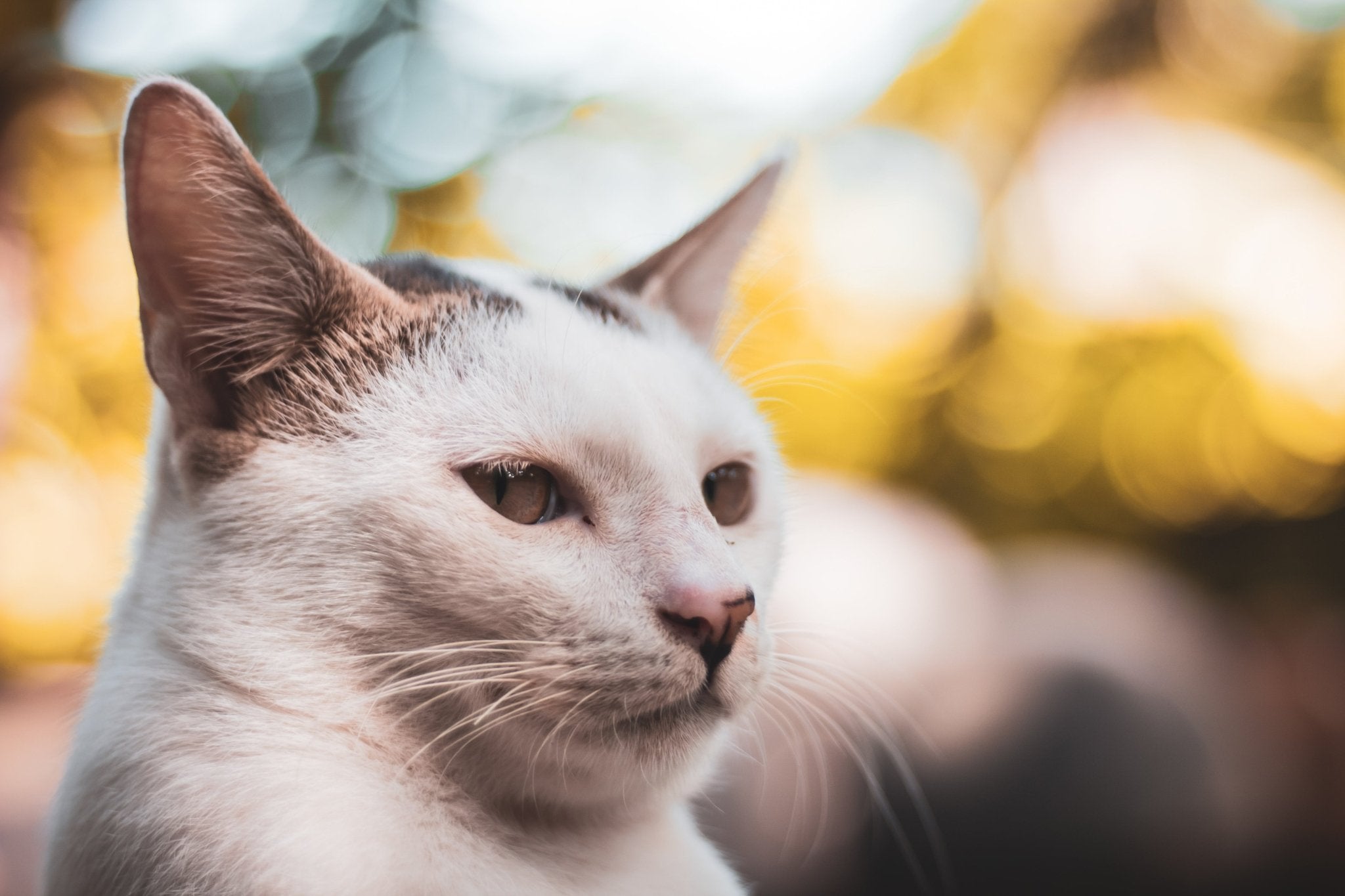
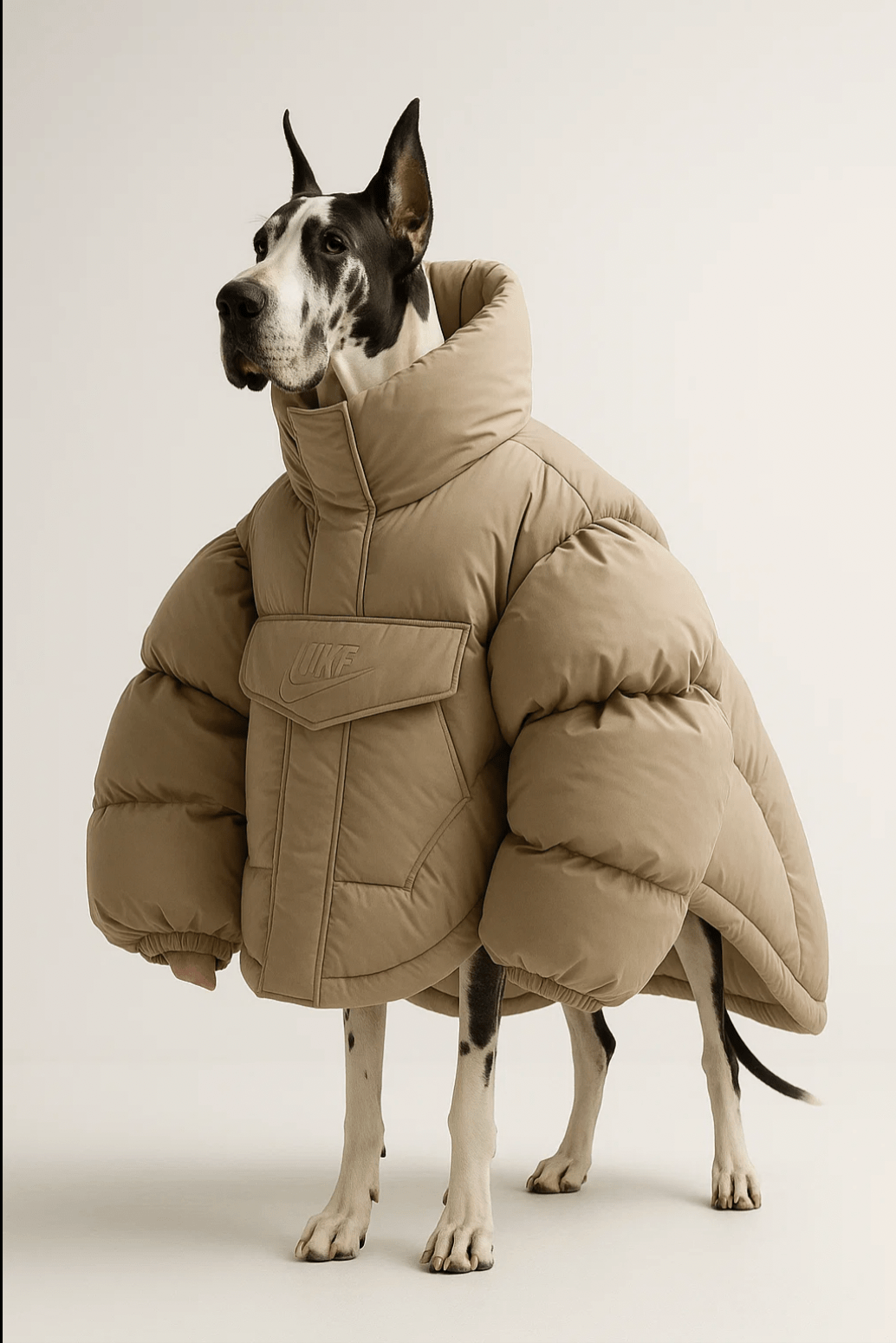

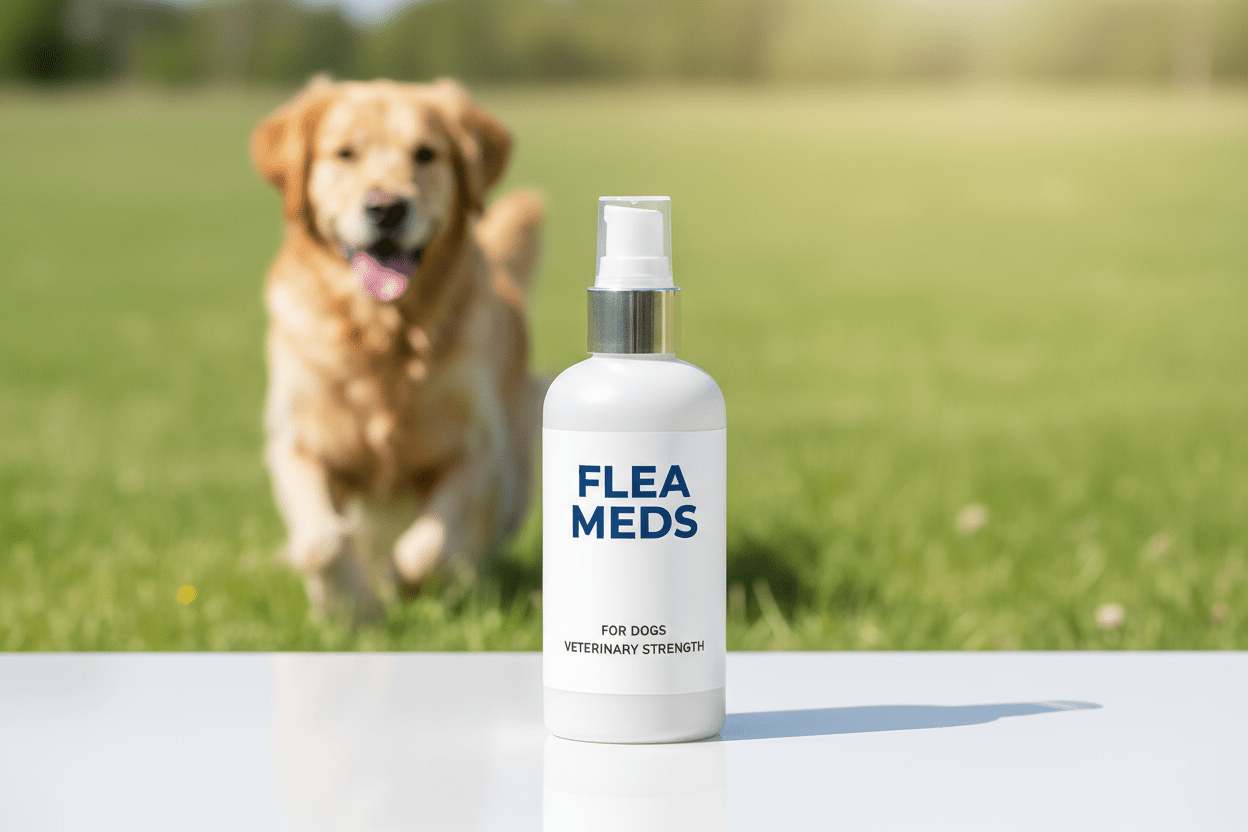


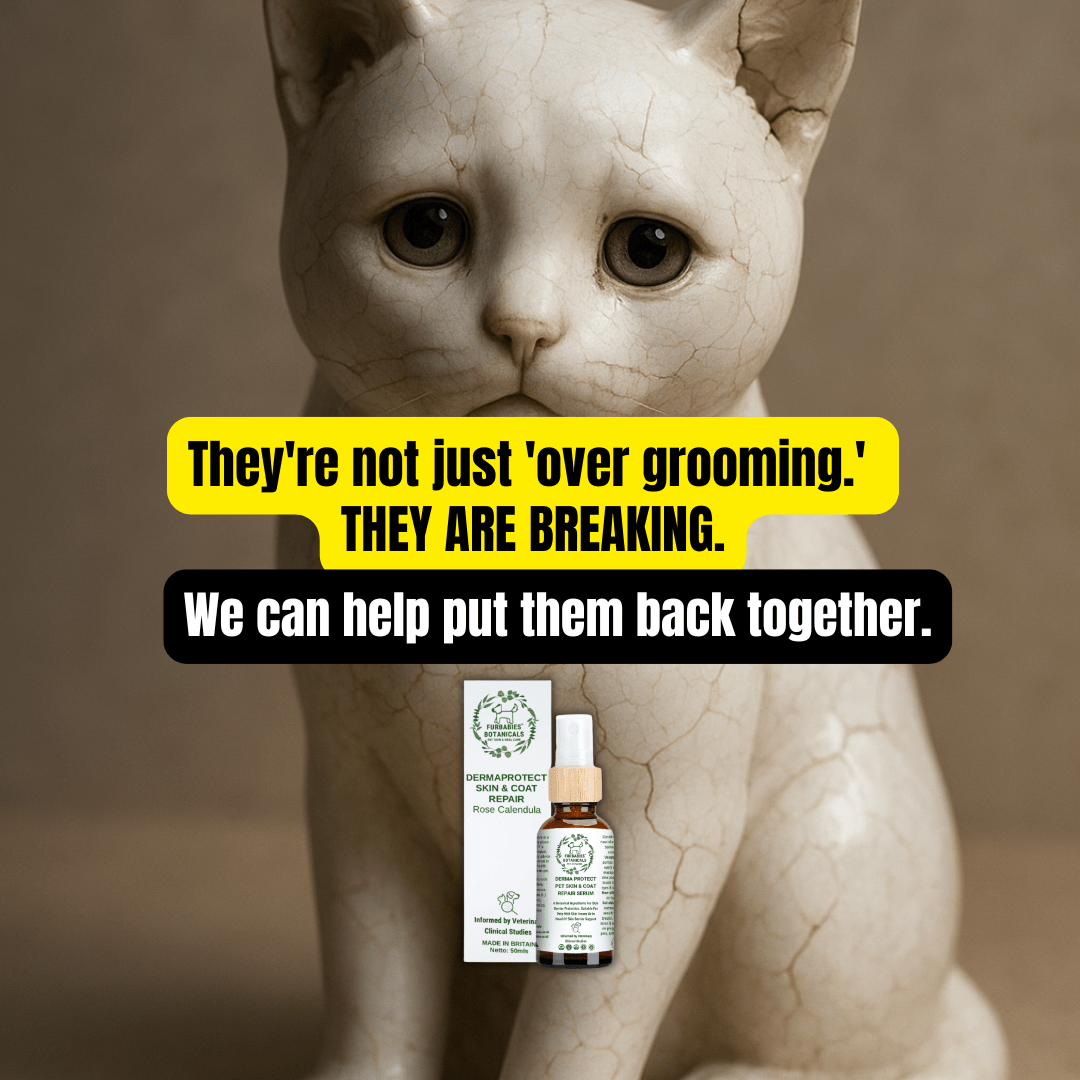
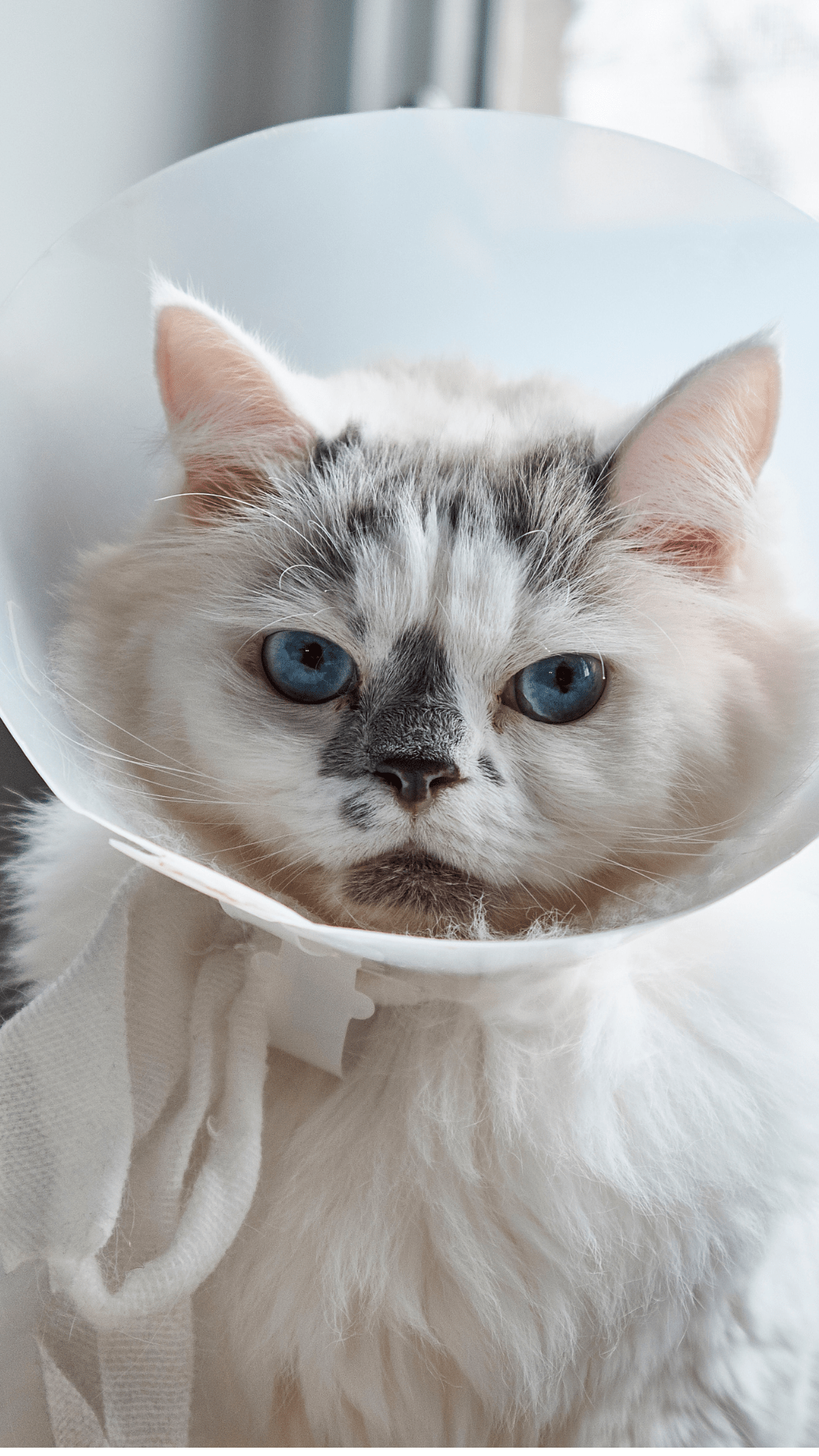
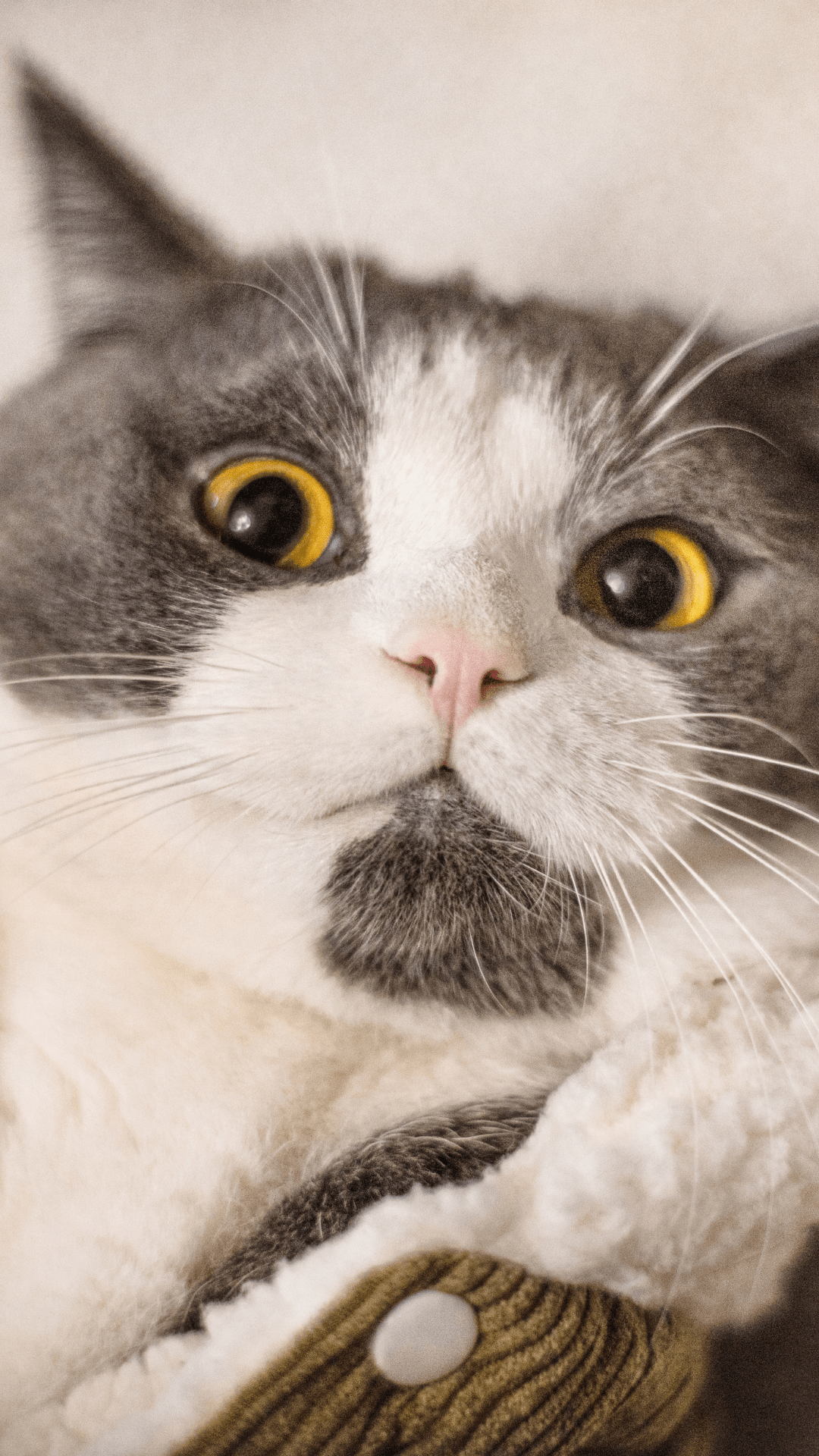




Share:
Can you give a dog piriton?
A-Z Guide Flea Treatment For Dogs & Cats